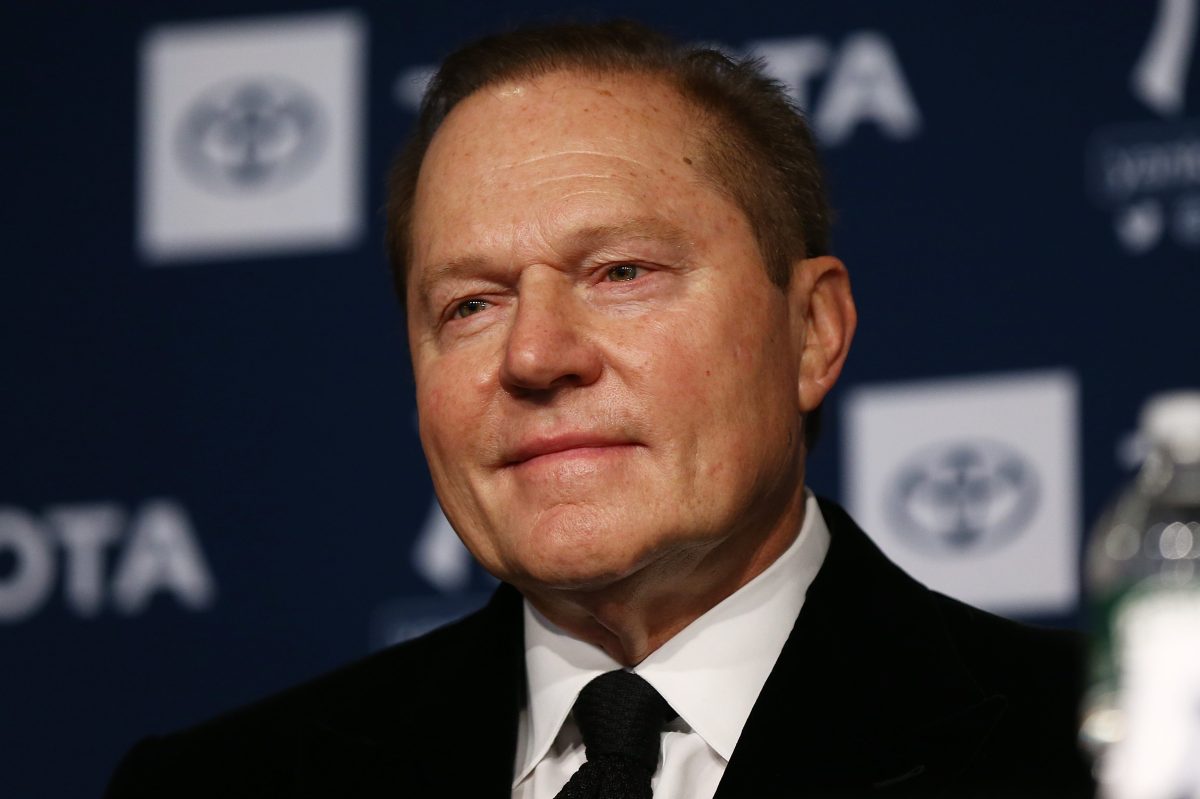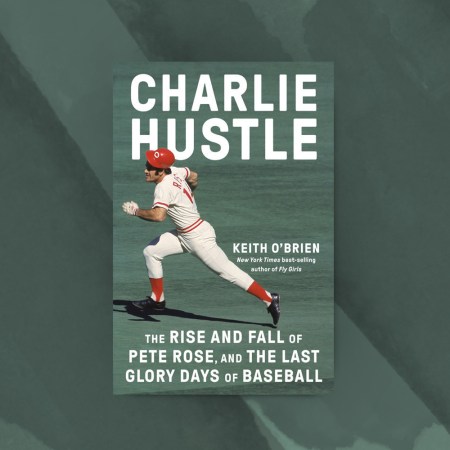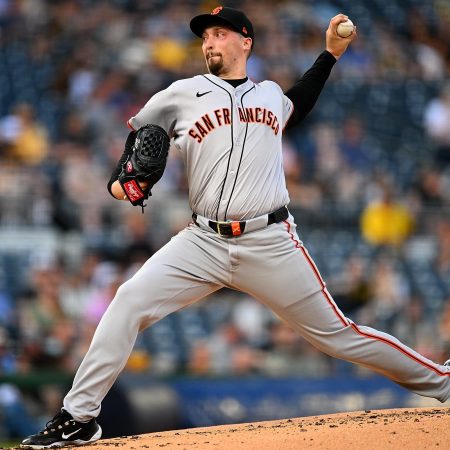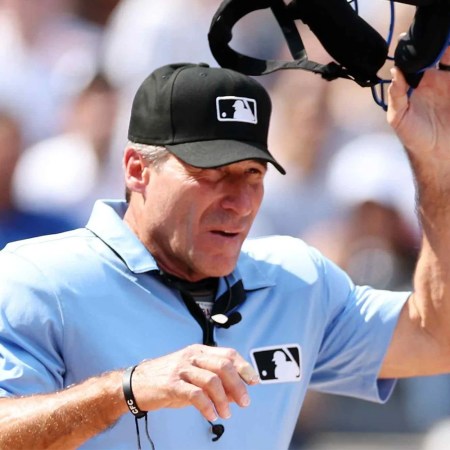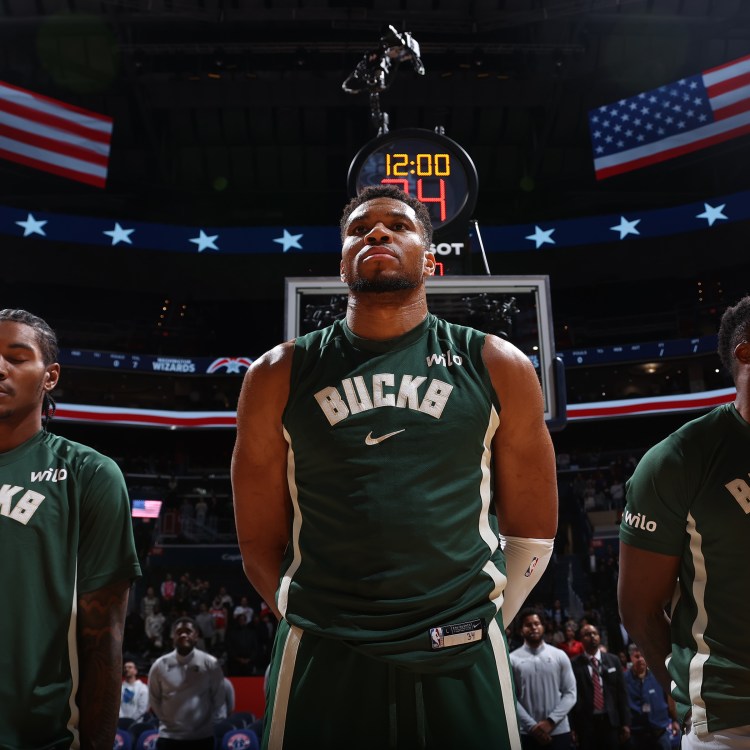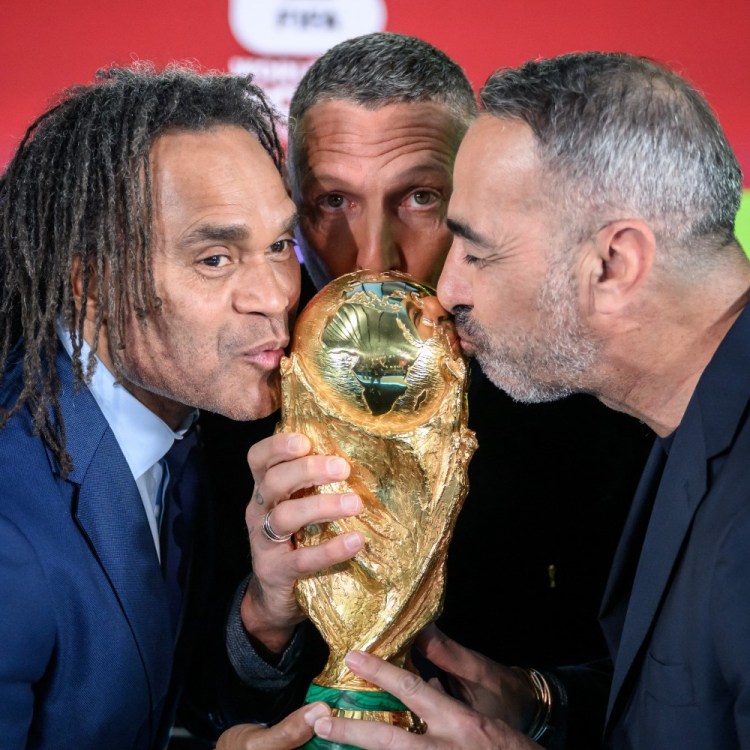The most powerful, highest-paid agent in sports, Scott Boras, fittingly represents some of the most powerful, highest-paid players in Major League Baseball.
Five of those players — Max Scherzer, Zack Britton, Gerrit Cole, Marcus Semien and James Paxton — sat on the eight-man MLB Players Association executive committee that unanimously voted against the new collective bargaining agreement that ended baseball’s 99-day lockout on Thursday and will hopefully ensure labor peace through 2026.
In addition to Scherzer, Britton, Cole, Semien and Paxton, Jason Castro, Francisco Lindorm and Andrew Miller were part of the executive committee. Of the eight players, only Castro ($3.5 million) earned less than $12 million last year. To put that in perspective, the median salary was $1.15 million at the start of last season.
Joining the executive committee in voting against the deal were team player representatives for the Yankees, Mets, Astros and Cardinals. But, with the remaining 26 team player reps voting in favor of the deal, the overall player executive committee vote was 26-12 to approve.
“The deal pushes the game forward,” executive subcommittee member Cole said in a telephone interview with the Associated Press following the vote. “It addresses a lot of the things that the players in the game should be focused on: the competitive integrity aspect of it.”
So, why did Cole, ostensibly on the advice of his agent Boras, vote against the deal? Here’s the prevailing theory.
It appears Boras and his clients, as well as the reps for the Yanks, Mets, Cardinals and Astros, wanted a higher dollar amount for the Competitive Balance Tax, more commonly known as the luxury tax, to kick in. After a $20 million increase from 2021 to 2022 (the largest increase ever), the Competitive Balance Tax threshold now sits at $230 million for this season. A ballclub that carries a payroll above that threshold will be taxed on each dollar above that limit, and if that same club goes over that threshold in consecutive years the taxes and penalties become harsher. If that limit were higher, teams that can afford it would have the ability to spend more money on players without being penalized for it.
Theoretically, the trickle-down effect of that would be more available money for Boras’s most desired free agents and therefore more money for Boras. For teams that can afford to go over the tax like the Mets and Yankees, it would also mean more good players on the field and an even larger advantage over mid-market teams lacking huge budgets.
Ultimately, the dissension in the ranks didn’t matter and a deal got done. But, as Buster Olney points out for ESPN, having someone who may not have the interests of middle- and lower-class players in mind exert so much influence over league-wide labor negotiations could be a problem moving forward.
“Historically, it’s the owners who have had a Haves Vs. Have Nots problem,” Olney writes. “Moving forward, factions within the union will have a similar fight — including discussions about whether the best interests of all of the players are served by having so many members of the leadership group represented by one agent. In this round of negotiations, Scott Boras’ clients made up the majority of the players making the big decisions, and we saw a hint of potential discourse to come reflected in the final vote: Although the eight-person executive committee voted down the deal unanimously, the players rep voted for it, 26-4. Players and agents could look to change that dynamic in the years ahead, to push for the high volume of union members who comprise the rank-and-file.”
The Charge will help you move better, think clearer and stay in the game longer. Subscribe to our wellness newsletter today.
